The study examined the long-term effects of exposure to NK603 GM maize and Roundup, individually and combined, on the health of rats over two years, around two-thirds of their entire lifetime. 1
The study was carried out using two hundred rats fed a standard balanced diet. They were divided into ten groups, each containing ten males and ten females.
The effect of NK603 maize alone was tested on three groups. Each group had a different proportion of NK603 in their feed starting at 11%, then 22% and finally 33% of their total diet.
The effect of NK603, which had been sprayed with Roundup in the field at the same proportions of 11%, 22% and 33% of their total diet, was tested on three groups.
Roundup alone, administered via drinking water at three different concentrations, was tested on three groups. Doses were as follows:
• The lowest level corresponded to contamination found in some tap water.
• The intermediate level corresponded to the maximum level permitted in the US in GM feed.
• The highest level was half the strength of Roundup when diluted for use in agriculture.
The control group of ten male and ten female rats was fed a diet containing 33% of non-GM corn and plain drinking water.
The researchers took blood and urine samples for analysis monthly for the first three months and then every three months. At the end of the trial they studied 30 organs from each rat.
The trial was designed to study any adverse long-term effects resulting from feeding rats on relatively low levels of the commercial GM maize NK603 and Roundup, both individually and combined. Doses of Roundup started within the range of levels permitted by regulatory authorities in drinking water and as residues in GM feed. Doses of NK603 were consistent with those used in the previous Monsanto study, which employed 11% and 33% GM maize in the test diet. 2
The researchers tested the complex commercial formulation of Roundup as it is sold and used because it had never been properly tested over the long term for regulatory purposes. Only Roundup’s main chemical ingredient, glyphosate, has been tested.
The researchers found that even consuming low levels of NK603 and Roundup, separately or combined, caused serious health problems in rats. These effects only became apparent after the 90-day cut-off point of most tests on GM foods. The first tumours were observed four months into the study in the case of males and seven months in the case of females. Most tumours were only detected during the second year of life, after 14 months.
References:
1. Séralini GE, Clair E, Mesnage R, et al. Long term toxicity of a Roundup herbicide and a Roundup-tolerant genetically modified maize. Food and Chemical Toxicology. November 2012; 50(11): 4221-4231.
2. Hammond B, Dudek R, Lemen J, Nemeth M. Results of a 13 week safety assurance study with rats fed grain from glyphosate tolerant corn. Food Chem Toxicol. Jun 2004; 42(6): 1003-1014.












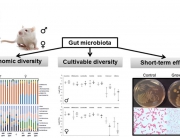







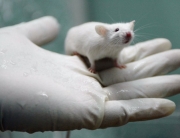







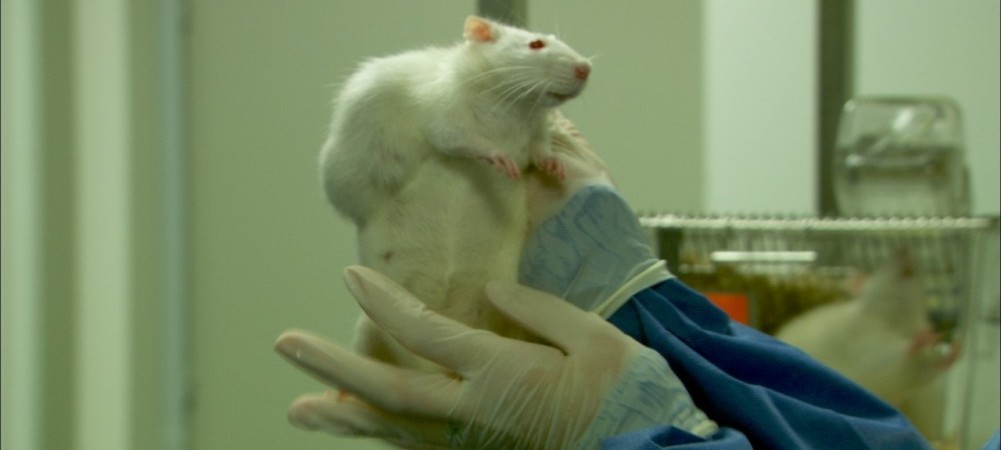

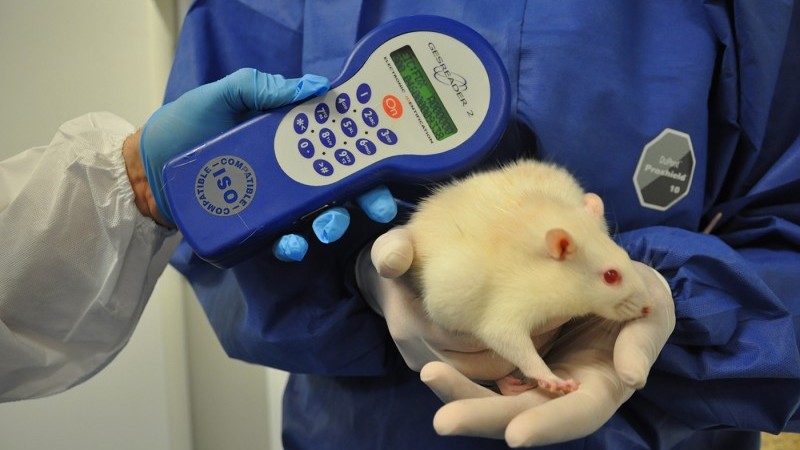




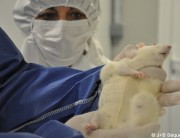

















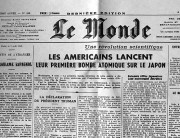




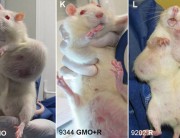



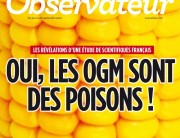



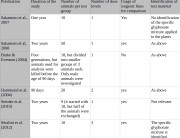















How did you get permission to use Monsanto’s gm corn in your research? Thank you.